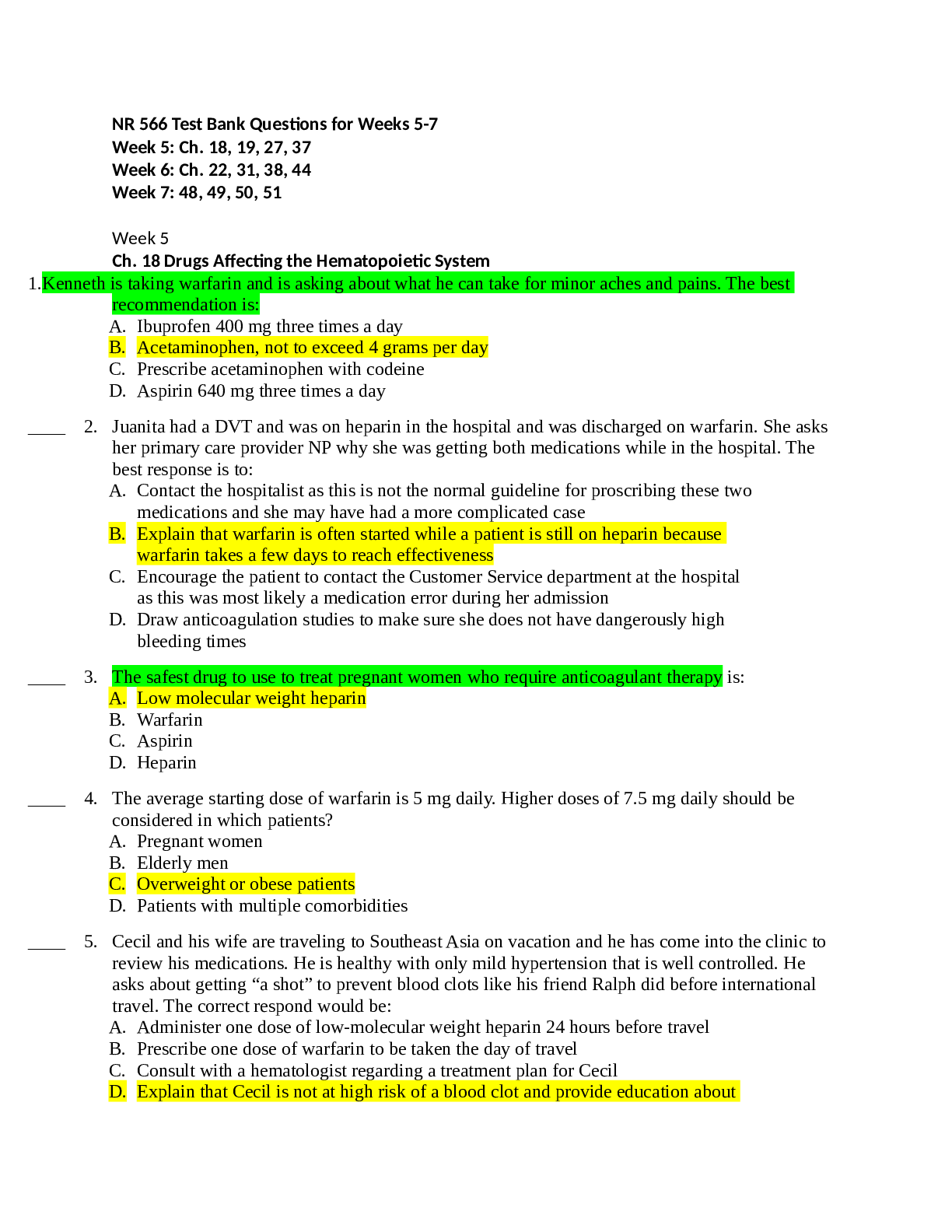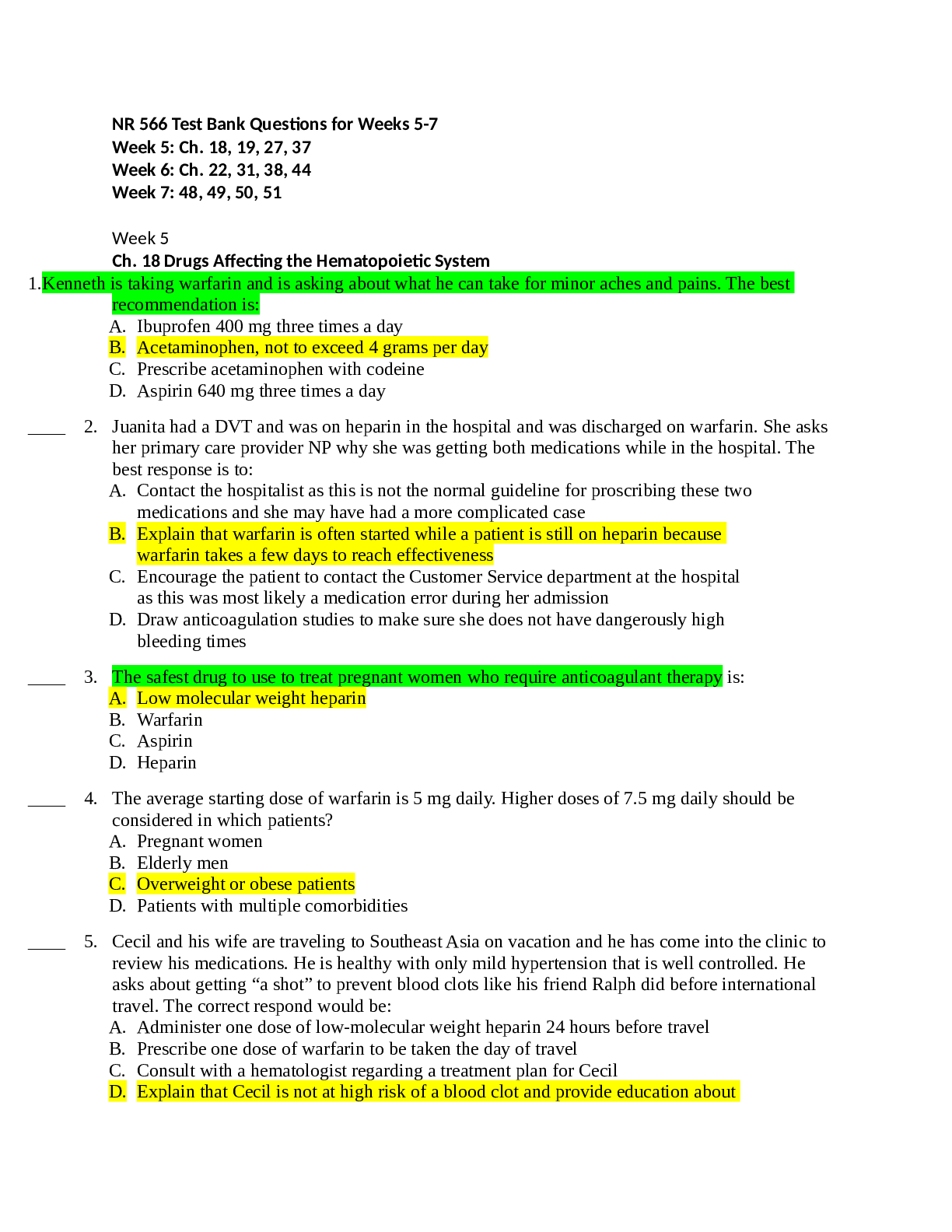NR 566 Test Bank Questions for Weeks 5-7
Course
Project Management
Subject
Chemistry
Category
Questions and Answers
Pages
25
Uploaded By
ATIPROS
Preview 5 out of 25 Pages


Download all 25 pages for $ 12.00
Reviews (0)
$12.00
